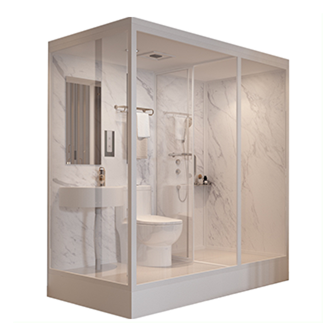Nov . 07, 2024 19:15 Back to list
Innovative Concepts for Reflective Glass Designs and Applications in Modern Architecture
Exploring Mirror Glass Design A Fusion of Art and Functionality
In the landscape of modern interior and architectural design, mirror glass has emerged as a striking element that seamlessly blends aesthetic appeal and functional utility. This versatile material is not just about reflective surfaces; it embodies a rich historical lineage and innovative future possibilities. As an exploration of mirror glass design unfolds, it is crucial to understand its various applications, the technology behind it, and the artistic expressions it inspires.
Historical Context
The use of mirrors dates back to ancient civilizations, where polished stones or metals were utilized to reflect images. As glass-making techniques advanced, the practice of creating mirror glass evolved. By the 16th century, the advent of silvering techniques transformed mirrors into indispensable household items. With the industrial revolution, the mass production of mirror glass became feasible, allowing it to penetrate every aspect of design—from furniture to architecture.
Reflecting Artistry Aesthetic Applications
The first striking feature of mirror glass design lies in its aesthetic versatility. Designers and architects utilize mirror glass to create visually stunning environments. The reflective properties of glass can enhance natural light, making spaces feel larger and brighter. This characteristic is particularly advantageous in urban settings where light can be scarce.
For instance, the implementation of mirror glass facades in skyscrapers not only serves a functional purpose of energy efficiency and insulation but also creates an iconic impression against the skyline. Unique shapes and arrangements of mirror glass elements can lead to dynamic visual effects, allowing buildings to interact playfully with sunlight and their surroundings.
In interior design, mirror glass is employed in various forms—walls, ceilings, and furniture pieces. A mirrored wall can transform a small living room into an expansive gallery, reflecting art and décor while inviting a sense of depth. Designers often combine mirror glass with other materials, such as wood or metal, to provide warmth and texture that balances the cold, sleek nature of glass.
Technological Innovations
mirror glass design

As the field of design has evolved, so too has the technology behind mirror glass. Advances in manufacturing processes have led to the development of different types of mirror glass, such as one-way mirrors and low-E glass that minimizes heat gain. Innovations like smart mirror technology, which integrates digital displays into reflective surfaces, are revolutionizing personal spaces, enabling users to access information and entertainment while maintaining traditional mirror functionalities.
In commercial contexts, mirror glass is increasingly becoming a choice for businesses aiming to create engaging customer experiences. For example, retail stores utilize interactive mirror displays that allow customers to virtually try on clothing or accessories without physically changing attire. This intersection of technology and design not only enhances convenience but also transforms shopping into an immersive experience.
Environmental Considerations
In recent years, the focus on sustainability has permeated the field of mirror glass design. Manufacturers are exploring eco-friendly alternatives and recycling methods for glass products. For example, low-energy coatings and sustainable sourcing of materials are gaining traction, enabling designers to create striking installations that are conscious of their environmental footprint.
Architects are also mindful of energy efficiency when incorporating mirror glass into their designs. The use of reflective surfaces can significantly reduce the need for artificial lighting, thus contributing to greener building practices.
The Future of Mirror Glass Design
Looking ahead, the future of mirror glass design appears promising. As the lines between functionality, technology, and aesthetics continue to blur, we can expect to see more inventive uses for this timeless material. From augmented reality-enhanced mirrors to fully integrated smart environments, the next wave of innovations in mirror glass design will likely challenge our perceptions and interactions with our surroundings.
In conclusion, mirror glass design is much more than a mere reflection of one's image; it encapsulates a journey through history, technological advancement, environmental mindfulness, and a continual quest for beauty. As we explore this fascinating material, it invites not only admiration for its visual elegance but also a deeper appreciation for its impact on contemporary design practices.
-
Safety and Style with Premium Laminated Glass Solutions
NewsJun.24,2025
-
Reinvents Security with Premium Wired Glass
NewsJun.24,2025
-
Premium Float Glass Line for Modern Architecture
NewsJun.24,2025
-
Low Emissivity Glass for Energy-Efficient Architecture
NewsJun.24,2025
-
High-Performance Insulated Glass Solutions for Modern Architecture
NewsJun.24,2025
-
Elevates Interior Style with Premium Silver Mirror
NewsJun.24,2025
Related PRODUCTS














